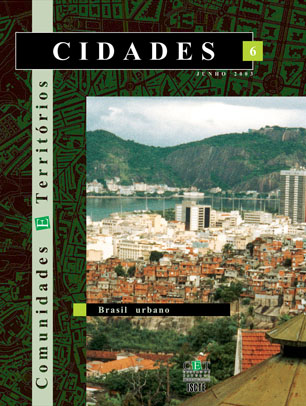The City of Extremes: Socio-spatial Inequality in São Paulo
Keywords:
urban sprawl, sociospatial segregation, favelas, gated communitiesAbstract
The article aims to show striking aspects of the spatial inequality in the city of São Paulo: the favelas, in one extreme, and the gated communities, in another. It shows the evolution of the population in the metropolis and the city of São Paulo and its pattern of spatial growth, with greater growth of the poor periphery. The population of the city is aging, although the spatial distribution of the age structure still retains the periphery as much younger than the center. The income-schooling-local association is clear: the peripheral ring ha lower income and schooling. The article also describes the formation of the city, its strong expansion in the first 40 years of the twentieth century and its impoverishment at the turn of the century. Social segregation, once confined to the periphery, changes its spatialization. The favelas grow, gated communities are built even in poorer neighbourhoods. A striking feature of São Paulo housing at the beginning of this century is the growth of favelas (the favela population reached more than 10% of the municipal population) and the closed gated communities (with more than 2,500 loosened units in the metropolis in the year 2000). The article concludes by demystifying some of the postulates about favelas and gated communities. The favelado space, albeit an urban fabric with a certain specificity, has many similarities with the formal space, and also constitutes a real estate market. The favela population presents a proportion of formal employees equal to the total population of the municipality. The favelas are extremely heterogeneous, both in terms of physical space and in terms of the type of resident population. In relation to gated communities, they shelter not only the elites, but also lower-income social groups, spreading over the poor and polluted periphery. The absence of the public power, as in the favelas, renders this urban space a locus for infractions. A similarity between the two extremes, favelas and condominiums, is the denial of the democratic values of the city, respect for the law, the right to free movement, and the existence of a public and egalitarian space.
Downloads
Published
Issue
Section
License
CIDADES, Comunidades e Territórios by DINÂMIA'CET-Iscte is licensed under a CC-BY licence.






